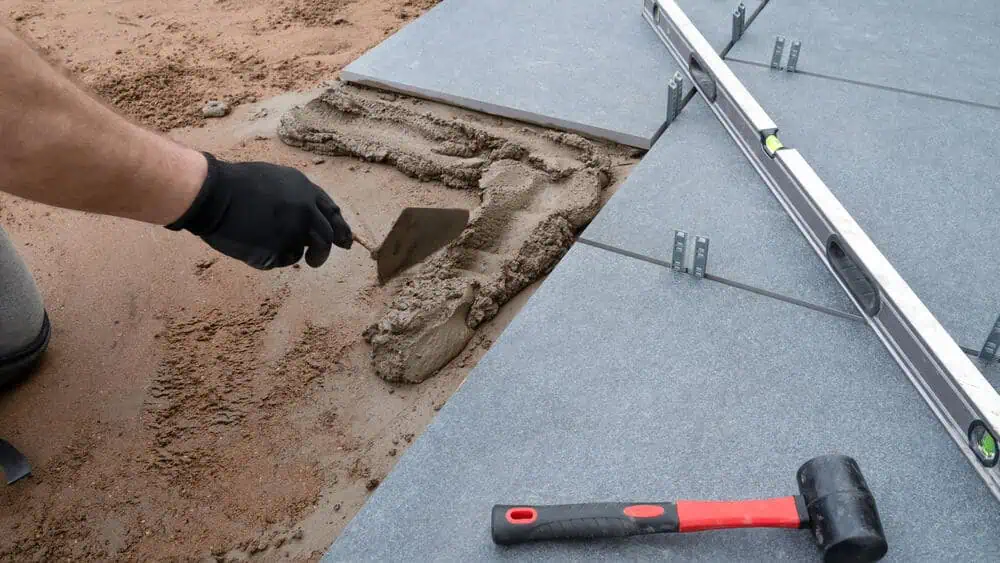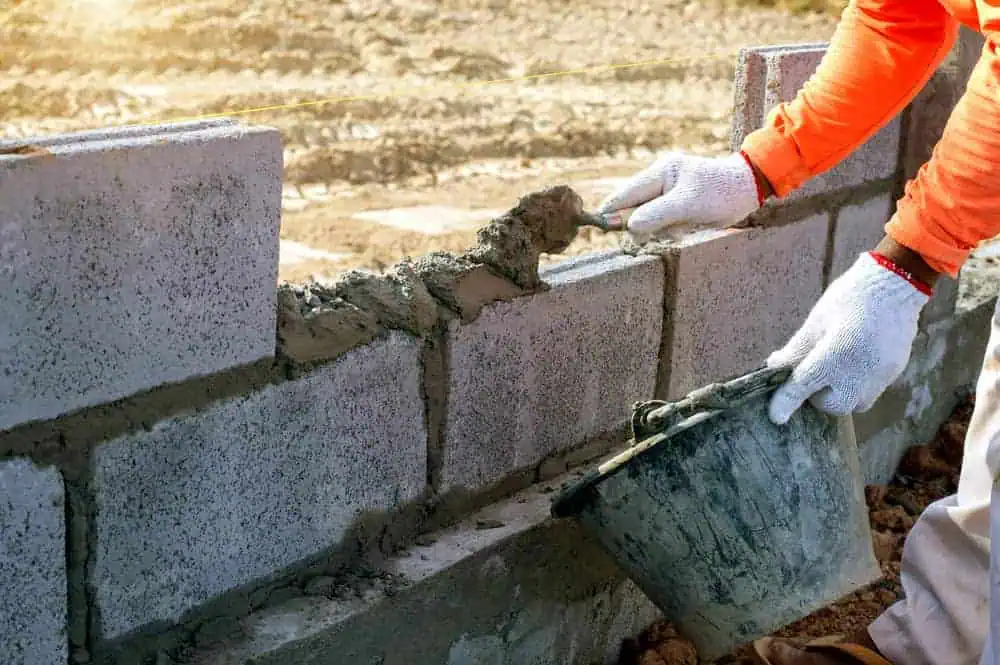Paving Contractor in Belmont, MA
For reliable paver contractor services in Belmont, MA, trust Academy Masonry to deliver quality and affordability.
Call Us Today: 508-501-3272

When planning a paving project in Belmont, MA, it’s essential to understand the various cost factors involved. The overall cost depends on elements such as the type of materials used, the complexity of the design, and the extent of site preparation required.
At Academy Masonry, we believe in transparency and providing our clients with detailed estimates. We consider all aspects of the project to help you budget effectively. Whether considering concrete, brick, or stone, each material has its own price point and benefits, impacting the final cost.
Understanding these factors helps you make informed decisions about your paving project. With Academy Masonry, you receive expert guidance to ensure that your investment in paving is both cost-effective and high-quality. Trust us to help you achieve the best results for your property in Belmont, MA.
Our team in Belmont, MA has years of expertise in paving installations.
We use only the best materials to ensure long-lasting results.
Academy Masonry is committed to providing exceptional service and support.

The choice of materials is a significant factor in paving costs. Options like concrete, brick, and stone have different price points and aesthetic appeal. Concrete is often the most affordable and versatile, offering various finishes and styles. While more expensive, Brick provides a classic look that many homeowners in Belmont, MA, find appealing. Stone is typically the most costly option, valued for its natural beauty and durability.
High-quality materials ensure durability but might increase the initial expense. Investing in premium materials can save money in the long run by reducing maintenance costs and extending the lifespan of your paved surfaces. In Middlesex County, the climate and soil conditions also influence the choice of materials, making some options more suitable.
Selecting the suitable material for your project involves considering both functionality and budget. Academy Masonry helps you navigate these choices to find the perfect fit for your property. We provide expert advice on the best materials, ensuring that your paving project meets your aesthetic and practical needs while staying within your budget.

Labor costs vary depending on the complexity of the installation. Simple designs require less time and expertise, making them more affordable. However, intricate patterns or large areas might need more skilled labor, which can increase costs. Choosing a design that complements your property while considering the budget is essential.
Site preparation is another crucial factor. Proper preparation, including excavation and grading, ensures a stable and long-lasting pavement. In Belmont, MA, varying soil conditions can impact the extent of site preparation needed. Uneven terrain or poor soil quality might require additional work, adding to the overall cost.
In Middlesex County, it’s essential to work with experienced professionals. Academy Masonry ensures that every aspect of the installation is handled with precision and care. Our team thoroughly assesses your property to determine the necessary preparation and installation steps, providing a comprehensive plan outlining all costs. With Academy Masonry, you can be confident that your paving project will be completed efficiently and to the highest standards. Call us today at 617-388-5207 in Middlesex County.
Belmont is a town in Middlesex County, Massachusetts, United States. It is a western suburb of Boston, Massachusetts, United States; and is part of the Greater Boston metropolitan area. At the 2020 U.S. census, its population was 27,295, up 10.4% from 2010.